Visualizations
Terminus
Everything you need to create beautiful, engaging, and interactive Terminus visualizations.
Importing PlotAPI Terminus
Let's import Terminus from the PlotAPI package.
from plotapi import Terminus
We've already activated our license with the license activation instructions.
Data structure
PlotAPI Terminus expects a list of dictionary items, these will define the flow of pixels between a source and a target.
links = [
{"source":"Group A", "target":"First Class", "value": 1000},
{"source":"Group A", "target":"Second Class (Upper)", "value": 4000},
{"source":"Group A", "target":"Second Class (Lower)", "value": 5000},
{"source":"Group A", "target":"Third Class", "value": 1000},
{"source":"Group A", "target":"Withdrawn", "value": 300},
{"source":"Group B", "target":"First Class", "value": 500},
{"source":"Group B", "target":"Second Class (Upper)", "value": 1000},
{"source":"Group B", "target":"Second Class (Lower)", "value": 2000},
{"source":"Group B", "target":"Third Class", "value": 5500},
{"source":"Group B", "target":"Withdrawn", "value": 1300}
]
We can add many source's and target's! As they increase, we may need to adjust Terminus layout properties to accommodate the diagram's size and throughput.
Default visualization
Creating our first Terminus Diagram is as easy as calling PlotAPI with our one input
Be sure to interact with the visualisation to see what the default settings can do!
Terminus(links).show()


